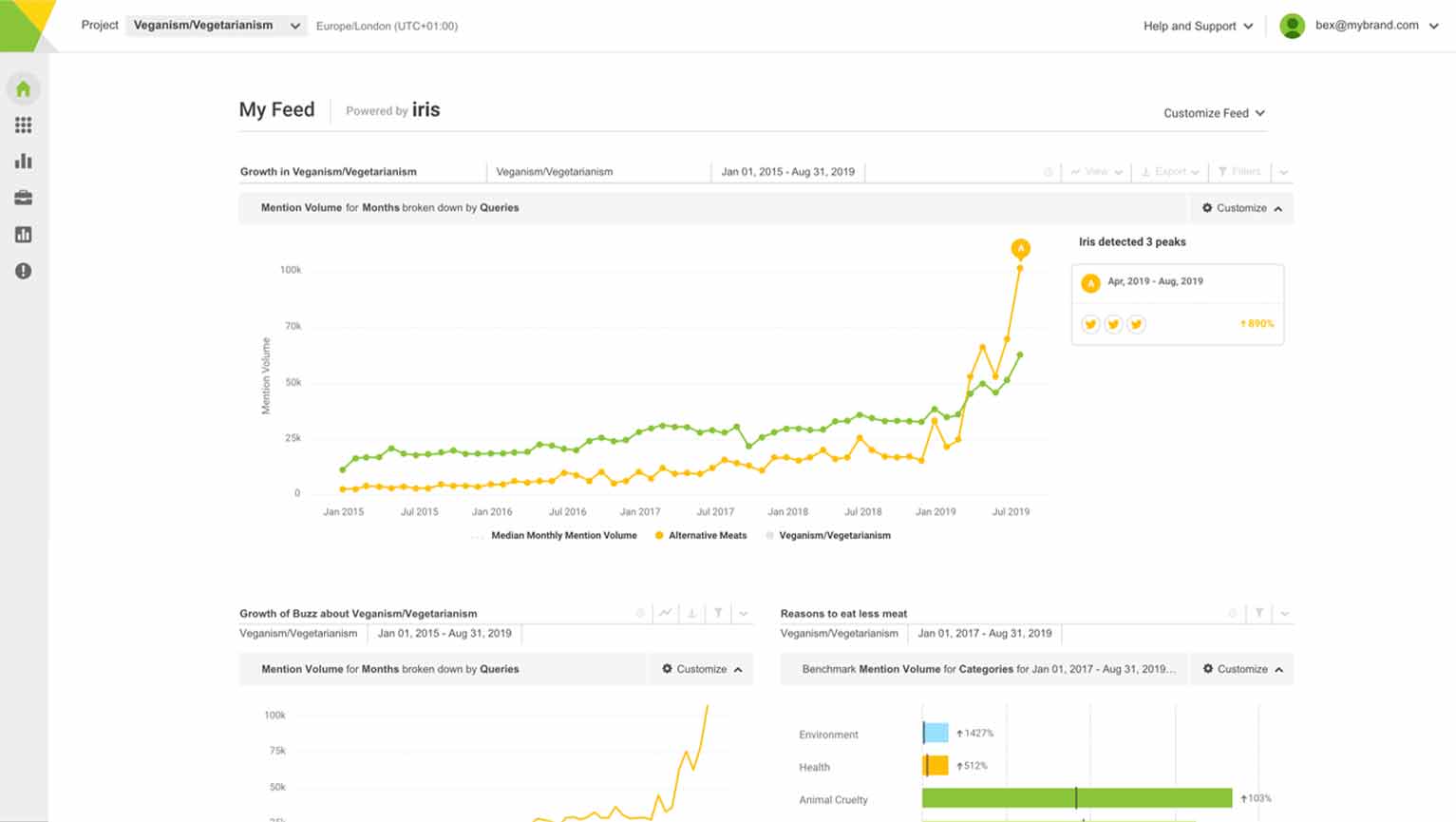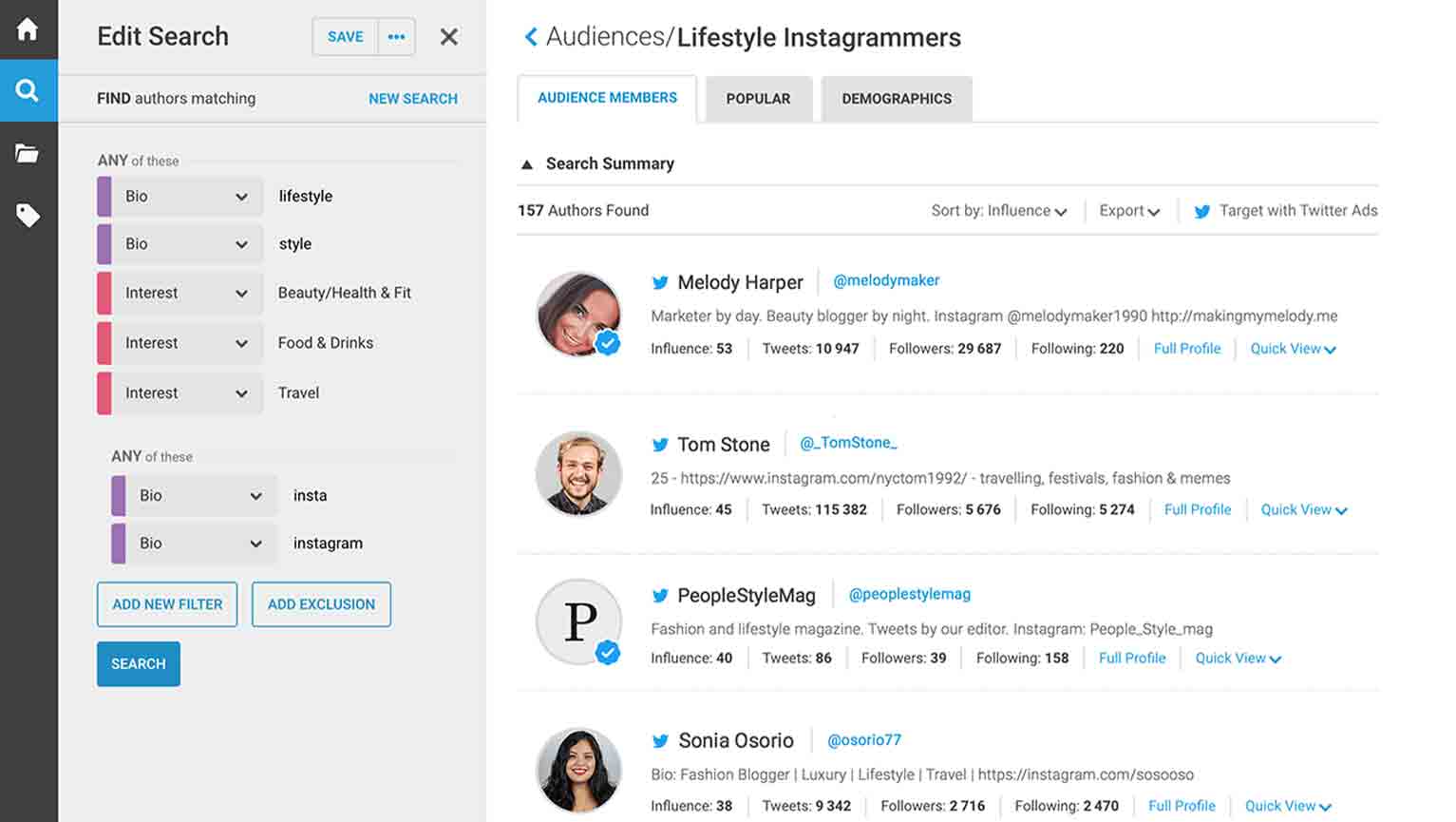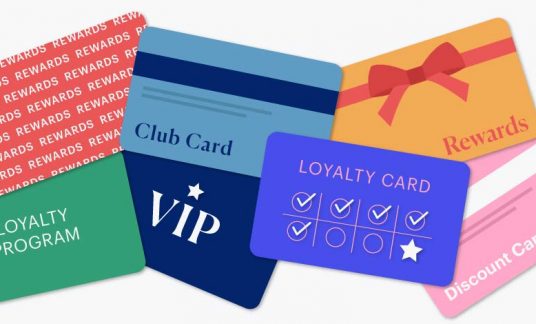Competition in business is unavoidable. Many people talk a good game about being competitive in business, yet few know how to stay ahead of their competition.
So, what do you need to do to gain a competitive advantage in business?
First, let’s understand what competition in business means. Then, we’ll look at different types of business competition, how to leverage business competition to your advantage and, most importantly, 13 things you can do to get ahead of your competitors.
Types of Competition in Business
Your competitors may produce similar products, offer comparable services, sell through similar channels and target the same audience as you do. Understanding the kind of competition you face can help you better position your offerings in the marketplace. Here are the 3 main types of business competition:
- Direct competition: A direct competitor sells the same products or services to the same target market as you do. You have a similar distribution model and satisfy the same consumer needs.
- Indirect competition: An indirect competitor offers different products or services but satisfies the same consumer demand as your offerings. You operate in the same industry and target the same audience.
- Replacement competition: A replacement competitor sells a product or service that can replace your offerings. Your customers would potentially purchase your competitors’ products instead of yours even though they’re different.
Why Is Business Competition Important?
This may sound counterintuitive but having competition is often a good sign because it shows that your market is profitable. More often than not, competition builds demand for the entire category, increases the market size and benefits everyone involved.
The Benefits of Business Competition
Competition is good for businesses, consumers and the market. Here’s why:
- As companies increase their investments in marketing activities, more consumers will become aware of the category and adopt the product or service. The overall demand will therefore increase. A larger market means more sales and more revenue for everyone, even if more vendors are selling the same item.
- Competition keeps companies on their toes, encouraging innovation and improvements that will make more people want to buy the products or services and create success for the entire industry.
- By tracking, analyzing and studying their competitors, businesses can improve their offerings, better cater to customer needs and define their competitive advantage so they can stand out in the marketplace.
- Rivalry encourages companies to improve their customer experience, which is the key to winning more business in today’s market. A customer-centric approach can also improve the reputation of the entire industry.
- Competition encourages companies to improve cost-efficiency so they can offer competitive pricing, high-quality products and outstanding customer service without impacting their profit margins.
- The emphasis on constant business development helps companies stay current with consumer needs so they can evolve their products and services to stay relevant and meet fast-changing market demands.
How to Leverage Business Competition to Your Advantage
While competition can put pressure on your business and threaten your market share, it also can help you discover different ways to improve and innovate so your brand can become more successful. Here’s how you can turn business competition into growth opportunities:
- Glean insights from how competitors meet consumer demands to inform how you can serve your customers better. This won’t only help you attract more buyers but increase your customer retention rates for sustainable growth.
- Analyze how you stack up against your competitors to identify your strengths and weaknesses so you can leverage your strong suits while improving upon your shortcomings.
- Develop a holistic approach to growing your brand that takes it beyond products or services. For example, you can get insights from how your competitors approach procurement marketing and customer service to improve your business.
- Inspire a sense of urgency within the company, which can encourage constant innovation to evolve your products or services to meet consumer demands and stay ahead of the curve.
- Gain a deeper understanding of the market to inform your brand positioning so you can refine audience targeting and increase the cost-effectiveness of your marketing campaigns.
- Leverage supply-chain innovation, which often comes with a larger market as competition builds, to lower your procurement costs while improving operational efficiency to increase profits while staying competitive.

13 Ways to Stay Ahead of Your Competitors
In today’s fast-paced business environment, successful companies need to stay one (or several) steps ahead of their competition. Here’s how:
1. Play to Your Strengths
Even if you sell the same products as your competitors, you’re probably doing something better to attract customers to your brand. Maybe you have a hassle-free return policy or provide outstanding post-sales support. Whatever it is, highlight your competitive advantage and communicate how your customers can benefit from it to differentiate your brand from your competition.
2. Deliver the Best Customer Experience
Find out what’s most important to your customers and incorporate it into your offerings. Consider all the touchpoints and make sure that everything you do is enhancing the customer experience. Tune into consumer expectations as they evolve so you can stay relevant. Don’t give your customers any reason to shop around and switch to your competitors!
3. Build Brand Awareness
From search engine optimization (SEO) and pay-per-click (PPC) ads to stellar reviews on third-party sites and social media presence, use various channels to make sure your target market knows about your brand and why it’s better than your competition. Also, make it easy for your happy customers to post a review and share your products with others.
4. Differentiate Your Offerings
Distinguish your products and services from your competition by offering different price points, serving different locations, providing different service levels or having different product features. You also can target subsets of the market and promote the benefits that are most relevant to that audience to capture market shares.
5. Innovate to Meet Market Demand
Ideas on how you can improve your products or services are everywhere. They can come from your customers, employees, suppliers and competitors. They can come in the form of reviews, suggestions and complaints. You may discover them from mistakes or mishaps. When you keep your eyes peeled, you can find opportunities to innovate and achieve better outcomes.
6. Don’t Forget Employee Satisfaction
Your employees are the face of your business. They interact with your customers and can offer timely, from-the-trenches insights on what’s happening in the marketplace. When you hire the right talents and keep them engaged, they’ll work harder, treat your customers better and offer valuable ideas to help you stay ahead of your competition.
7. Track Market Activities
Build a network of vendors, customers, consultants and people who do business with companies in your industry. Talk to them regularly to stay on top of market trends, what other brands are doing, when new competitors emerge and where new opportunities for profits or innovation are available so you can proactively adapt to changes.
8. Learn From Related Product Markets
Brands that offer related products share your target audience and understand your customer needs. Look at their brand messaging and marketing campaigns to see what works and what doesn’t. You also can take innovative ideas from other product categories and apply them to your offerings to differentiate your brand from your direct competition.
9. Don’t Overlook Related Competencies
Keep an eye on businesses with related competencies that could become your competitors. For example, companies using technology or processes similar to yours, even if they may be in a different sector. In addition, companies along your value chain often understand your business and market well enough and can become rivals if they enter your market with similar offerings.
10. Be Ready to Change
Everything from customer expectations and marketing channels to procurement processes and competition will shift over time. Look ahead and be ready to adjust as the market landscape evolves. Yet, stay true to your brand value and mission because they’re the key to maintaining your market positioning and cultivating customer loyalty.
11. Develop a Plan for Growth
In business, if you’re not growing, you’re regressing as competitors adapt and adjust to the changing marketplace. Create a plan on how you’ll scale your business and innovate your products or services in the next few years. Identify what investment you need to make, what resources you should have and what roadblocks you have to overcome in order to stay relevant.
12. Be a Disruptor
Don’t be afraid to be different and unpredictable. Doing the same thing over and over makes it easy for competitors to beat you at your own game while your brand turns stagnant and lethargic. Keep your rivals on their toes by setting aside time and resources for innovation as you continuously look for different ways to do things more effectively and efficiently.
13. Know Your Competitors
To stay ahead of your competition, you need to know what they’re doing so you can articulate why your customers should choose your products instead of theirs. Besides researching these companies, you also can purchase from them and talk to their customers to get a first-hand experience of these brands.
The Best Competitor Analysis Tools
Knowing your competition is a critical step in designing a competitive business strategy and differentiating your offerings to stand out in the marketplace. But you may wonder, with so much going on in the market, how do you do competitor analysis?
Thanks to competitor analysis software, you can learn quite a lot about your online business competition with just a few clicks. These platforms can help you gain the insights you need to get ahead of your competitors.
Pi Datametrics
This software measures the impact of your brand, product lines and performance against your competitors. You can analyze emerging trends and audience intent to inform your messaging and target your campaigns to match consumer needs. Also, Pi’s brand search intelligence data allows you to compare the impact of your campaigns with your competitors’.

Kompyte
This competitor analysis software captures every change your competitors make to their websites, products and digital campaigns. It helps you compare traffic, referrals, visitor behaviors, search rankings, paid ads and social metrics. You can track specific brands or let Kompyte suggest competitors based on the keywords that you enter.
Brandwatch Consumer Research
You can access data from 100 million sources and more than 1.3 trillion social media posts to listen to what people are saying about your products or industry in real-time.
This platform allows you to track conversations within your industry to identify emerging demands and monitor consumer sentiment. You can also keep tabs on your competitors’ content and discover new opportunities by getting notifications on trends and news.

Ahrefs
If you want to know what keywords your competitors are ranking for, how much organic traffic they’re getting and what content is performing well — this affordable SEO and keyword research tool is your best bet. The software also allows you to track specific keywords over time and compare domains to identify content gaps so you can beat your competitors on search engine rankings.
BuzzSumo
This competitor analysis tool allows you to search by keyword or enter a competitor’s uniform resource locator (URL) to see the content it has published. You can use the insights to create high-performing content, monitor performance, analyze social media shares, identify influencers and get competitive business intelligence to optimize your marketing activities.
Brandwatch Audiences
With this audience intelligence tool, you can analyze a competitor’s following to gain insights into the audience’s demographic, who the influencers are and the content that they share. You can use the information to refine your targeting, create messaging that matters to your audience and deliver relevant content at the right time through the right channels.

ISpionage
If you run PPC ads, this tool helps you spy on your competitors’ monthly budget and Google Ad strategy. You can get benchmarks of impression share at the local and national level, users’ journey reports (e.g., for ads, keywords and landing pages,) keyword search rankings monitoring, as well as competitive and content gap analyses to help refine your SEO and PPC strategy.
Prisync
This competitor price tracking and monitoring software helps ecommerce companies track competitor prices and available stock. You can set up automated alerts via email and generate reports on a web dashboard to see what your competitors are doing with their products and inventory without having to check their websites manually.
Leverage Competition in Business to Fuel Your Growth
Competition in business can encourage innovation, expand the market size and increase cost-efficiency so everyone in the industry benefits.
You can leverage business competition to your advantage when you understand the type of competition you face, who your competitors are and what they’re doing. This allows you to stay ahead by positioning your brand to attract the right audience and distinguish your offerings from your competitors’ so you can gain more market share.
Thanks to the many competitor analysis tools available today, you can automate the process of monitoring your competition and analyzing their activities so you can spend more time on refining your market positioning and product offering to stand out in the marketplace.
Don’t forget to rinse and repeat. Successful brands invest in ongoing efforts to stay ahead of their competition so they can achieve long-term and sustainable profits in the marketplace.












